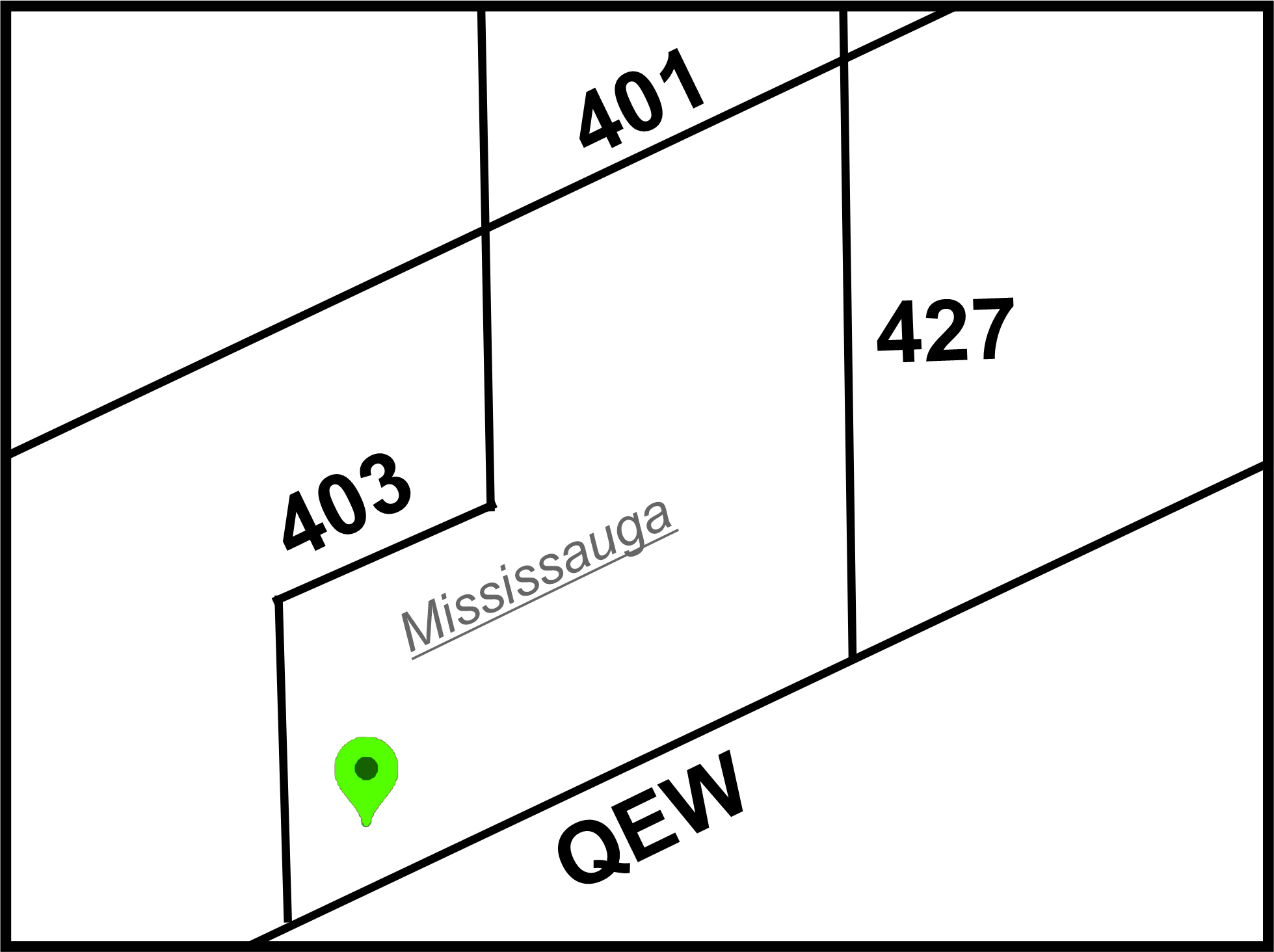
Blog Questions about beds and mattresses answered. And some stories told.
Global Organic Textile Standard (GOTS) is an internationally recognized certification that sets requirements for the organic status of textiles, from harvesting of the raw materials through environmentally and socially responsible manufacturing all the way to labeling. It is widely considered one of the most reputable certifications in the textile industry for ensuring that products are both sustainably and ethically made.
Below is an overview of the key aspects of GOTS:
1. Scope and Purpose
-
Organic Fiber Requirements
- To carry the GOTS label, a product must contain at least 70% certified organic fibers (label grade “made with organic”).
- The highest label grade—“organic”—requires products to contain at least 95% certified organic fibers.
-
Environmental Standards
- Prohibited chemicals: Certain toxic heavy metals, formaldehyde, GMO enzymes, and other substances are forbidden.
- Wastewater treatment: Factories must have a functional wastewater treatment system to minimize ecological impact.
- Processing inputs: Any chemicals (e.g., dyes, auxiliaries) used in processing must meet specific toxicity and biodegradability requirements.
-
Social Criteria
- GOTS incorporates labor and workplace standards based on the International Labour Organization (ILO) conventions.
- This includes criteria such as no child or forced labor, safe and hygienic working conditions, fair wages, freedom of association, and no excessive working hours.
-
Traceability
- GOTS ensures a chain of custody from farm to finished product. Each stage of processing requires certification so that materials can be traced as GOTS-compliant through the entire supply chain.
2. Labeling & Certification Levels
GOTS distinguishes between two labeling categories:
- Organic
- The textile product must contain a minimum of 95% certified organic fibers.
- Made with (x%) Organic Materials
- The textile product must contain at least 70% certified organic fibers.
Non-fiber components (e.g., buttons, zippers) must also meet strict requirements regarding composition and chemical safety.
3. How Certification Works
-
Applying for Certification
- Manufacturers, brands, or retailers wanting to use the GOTS label must apply through a GOTS-approved certifying body.
- The GOTS website (global-standard.org) provides a directory of approved certifiers.
-
On-Site Audits
- Once the application is accepted, auditors perform on-site inspections of the facilities.
- They evaluate environmental management (chemical use, effluent treatment, etc.), labor conditions, and raw material traceability.
-
Annual Reviews
- GOTS certification is granted on an annual basis.
- Manufacturers must be re-inspected each year to maintain compliance.
4. Benefits of GOTS Certification
-
Consumer Trust
- GOTS is widely recognized among consumers seeking ethically and sustainably produced textiles.
- The label quickly communicates a commitment to organic and social responsibility.
-
Market Access
- Many large brands and retailers specifically require GOTS-certified textiles or prefer them, opening up a broader market.
-
Environmental and Social Goodwill
- By adhering to strict organic and social criteria, companies can reduce their environmental footprint and improve labor conditions throughout their supply chain.
-
Brand Differentiation
- GOTS helps distinguish products in a crowded market, signaling verified sustainability credentials.
5. Challenges and Considerations
-
Certification Costs
- Achieving and maintaining certification involves fees and operational changes. Smaller producers may find the costs challenging at first.
-
Supply Chain Complexity
- Ensuring every stage in the supply chain complies with GOTS can be complicated, especially if companies source from multiple suppliers across different regions.
-
Consumer Education
- While GOTS is well known in sustainability-focused circles, many consumers may not fully understand the certification. Brands often need to invest in education and marketing.
6. Related Certifications and Standards
- Organic Content Standard (OCS): Focuses on verifying organically grown materials, but its scope is more limited compared to GOTS (it does not address processing chemicals, social criteria, or environmental management to the same extent).
- Fair Trade: Emphasizes fair labor practices and community development, often seen together with organic certifications to bolster ethical claims.
- Bluesign®: Addresses environmental and chemical impacts in textile manufacturing, though it does not specifically certify organic fibers.
Conclusion
The Global Organic Textile Standard (GOTS) provides one of the most comprehensive frameworks for ensuring textiles are produced in a way that respects both the environment and human labor. For businesses seeking to demonstrate real commitment to sustainable sourcing and responsible production—and for consumers looking to make more ethical purchasing decisions—GOTS certification remains a globally respected benchmark.
If you are interested in becoming GOTS certified or sourcing GOTS-certified products, consider starting with the official GOTS website for detailed resources, authorized certification bodies, and a list of suppliers and manufacturers that comply with the standard.



 Copyright © 2025 |
Copyright © 2025 |